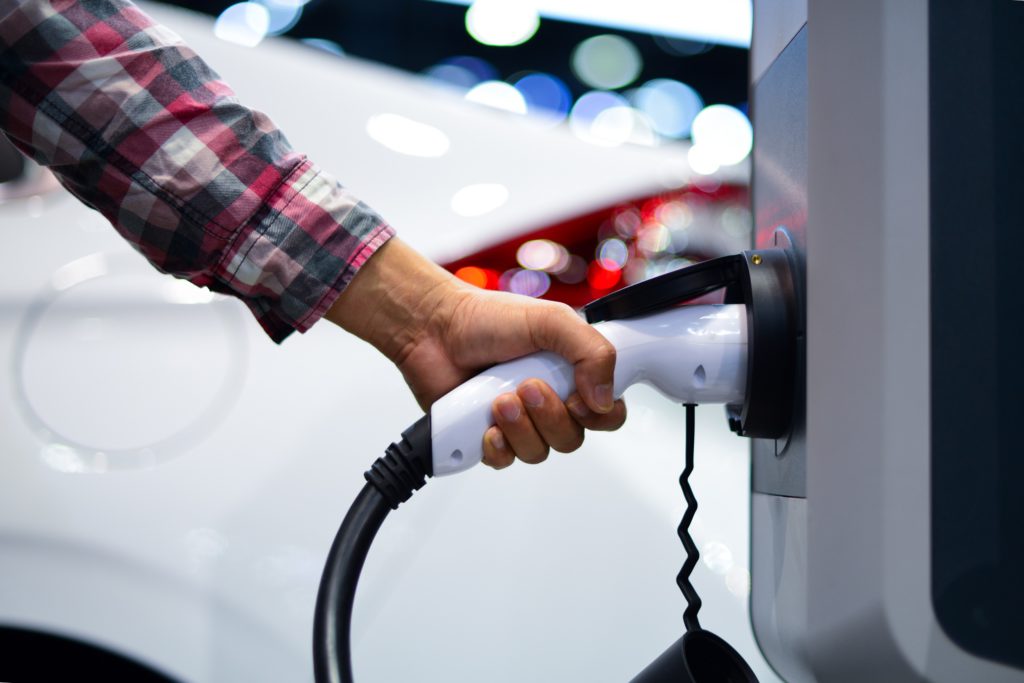Croatian incentive funds spent in just two minutes
27 July 2020

27 July 2020
Croatia’s incentive scheme for ′energy-efficient’ vehicles saw such high demand that funding set aside by the country’s government was depleted in just two minutes.
The latest round of funding is aimed to help consumers purchase electric vehicles (EVs), plug-in hybrids (PHEVs), hydrogen vehicles and electric bikes. The Croatian Government had set aside HKR 44 million (€5.8 million) for the incentive scheme. However, the application website received 546 applications within minutes of opening.
Of these submissions, 470 were for battery-electric (BEV) models, highlighting the interest in the technology.
Improving efficiency
Croatia introduced the subsidy for electric and hybrid vehicles in 2014 and renewed it in 2018. Since then, 3,500 new vehicles have been subsidised with a total of HKR 110 million, according to Balkan Green Energy News. Due to the coronavirus (COVID-19) pandemic, the application procedure was completely online this year for the first time.
The amount made available may be small, but Croatia’s incentive scheme is also very generous. The €5.8 million made available is split between private citizens and companies, with 307 businesses also applying in a separate round, meaning the money will be divided between a total of 853 applications. The incentive covers up to 40% of the purchase price of an applicable vehicle, from HKR 4,995 up to HKR 70,000, dependent on the vehicle category.
By the end of the year, the Environmental Protection and Energy Efficiency Fund will allocate over HRK 600 million in grants to citizens and businesses for energy efficiency projects in building construction and transport, as reported by Croatia Week. This includes the initial vehicle incentive, along with HKR 10 million to improve the country’s charging infrastructure.
In September, the fund aims to make a further HKR 100 million available to stimulate the development of sustainable mobility in cities, with the money going to applicants looking to co-finance energy-efficient vehicles for transport infrastructure. Another HRK 30 million will be offered to promote integrated and intelligent transport projects, and development of the alternative fuels infrastructure at the local level.
Incentive popularity
The distribution of funds within just a couple of minutes and the high proportion of applications for BEV incentives highlights the interest in the technology within the country. With the ability to fund up to 40% of the cost price, this also brings BEVs into an affordable price range for many. Since the incentive scheme launched in 2014, over 3,500 vehicles have been purchased using grants.
However, the small amount of funding, and a low number of applications as a result, will do little to improve the fortunes of the country’s automotive market. According to the latest figures released by the European Automobile Manufacturers’ Association (ACEA), Croatia saw new-car registrations fall 49.4% in June, as Europe slowly started to recover in the wake of the COVID-19 pandemic. This monthly decline was second only to Portugal.
In the year-to-date, Croatia is the worst-performing market, with new-car registrations down 54.4%. There are some signs of recovery, with May figures showing the country as the worst-performing market in the EU, with registrations down 76.2% in the month and 55.8% lower in the year-to-date. Nevertheless, Croatia has suffered more than any other European market in the first half of 2020 as the industry looks towards recovery.